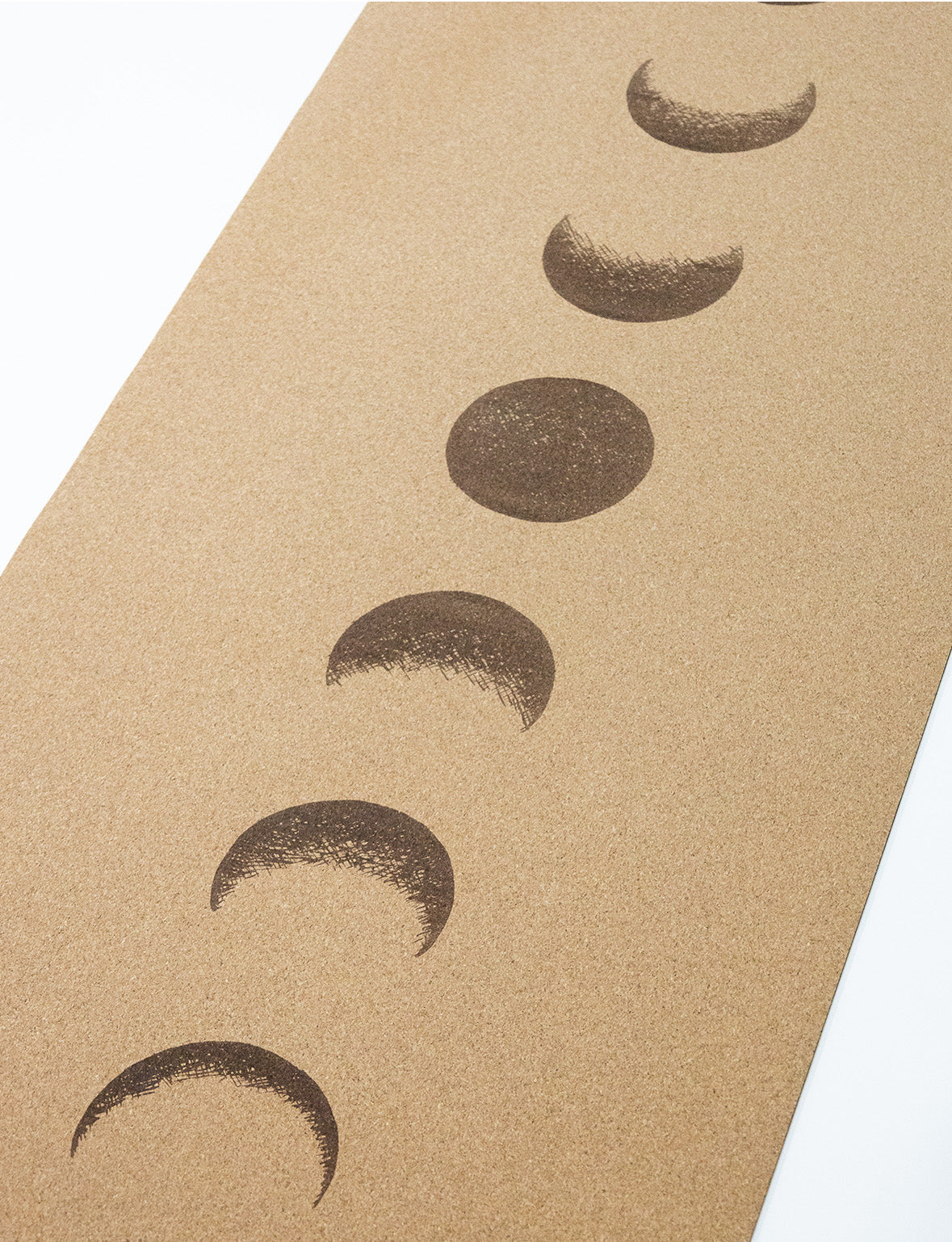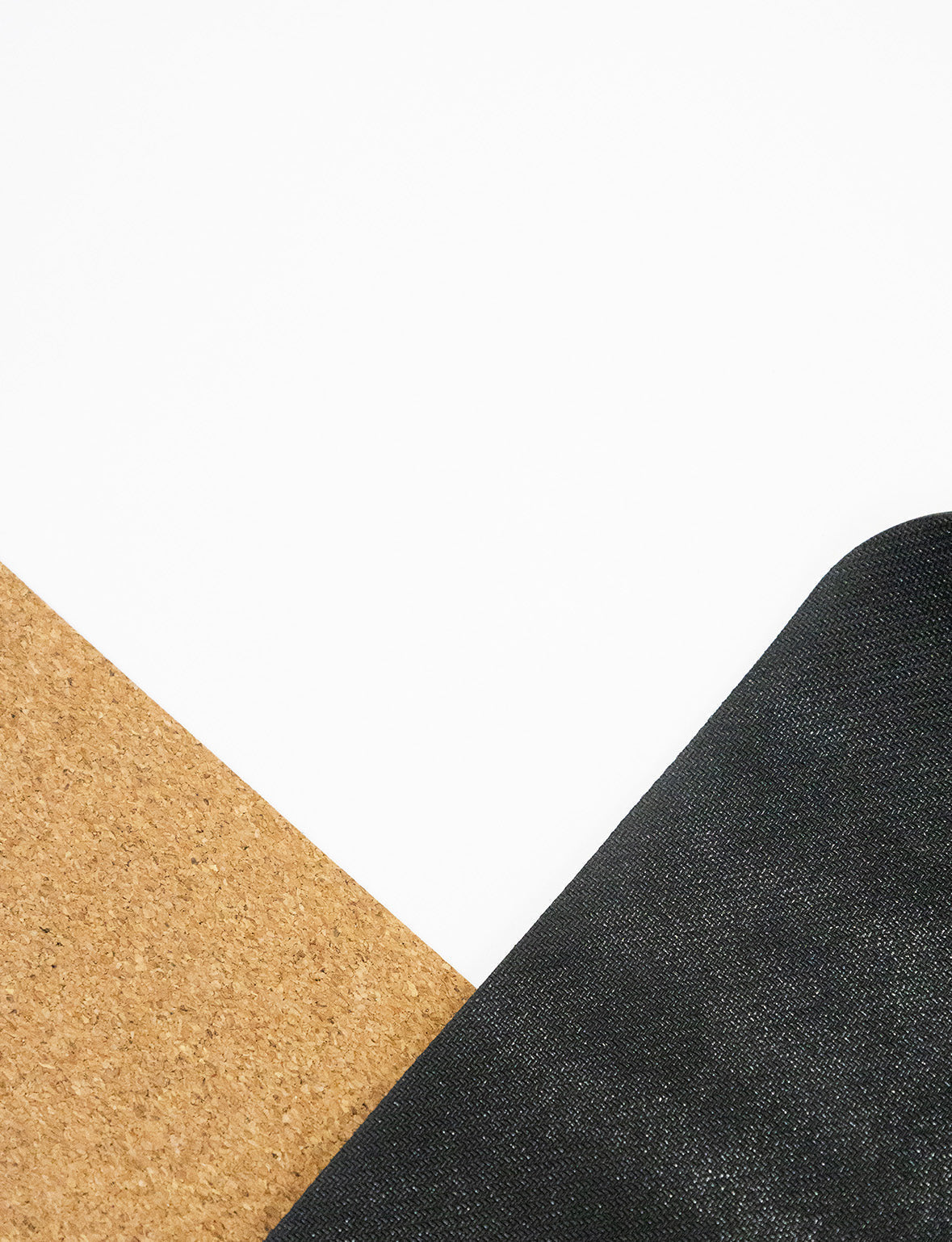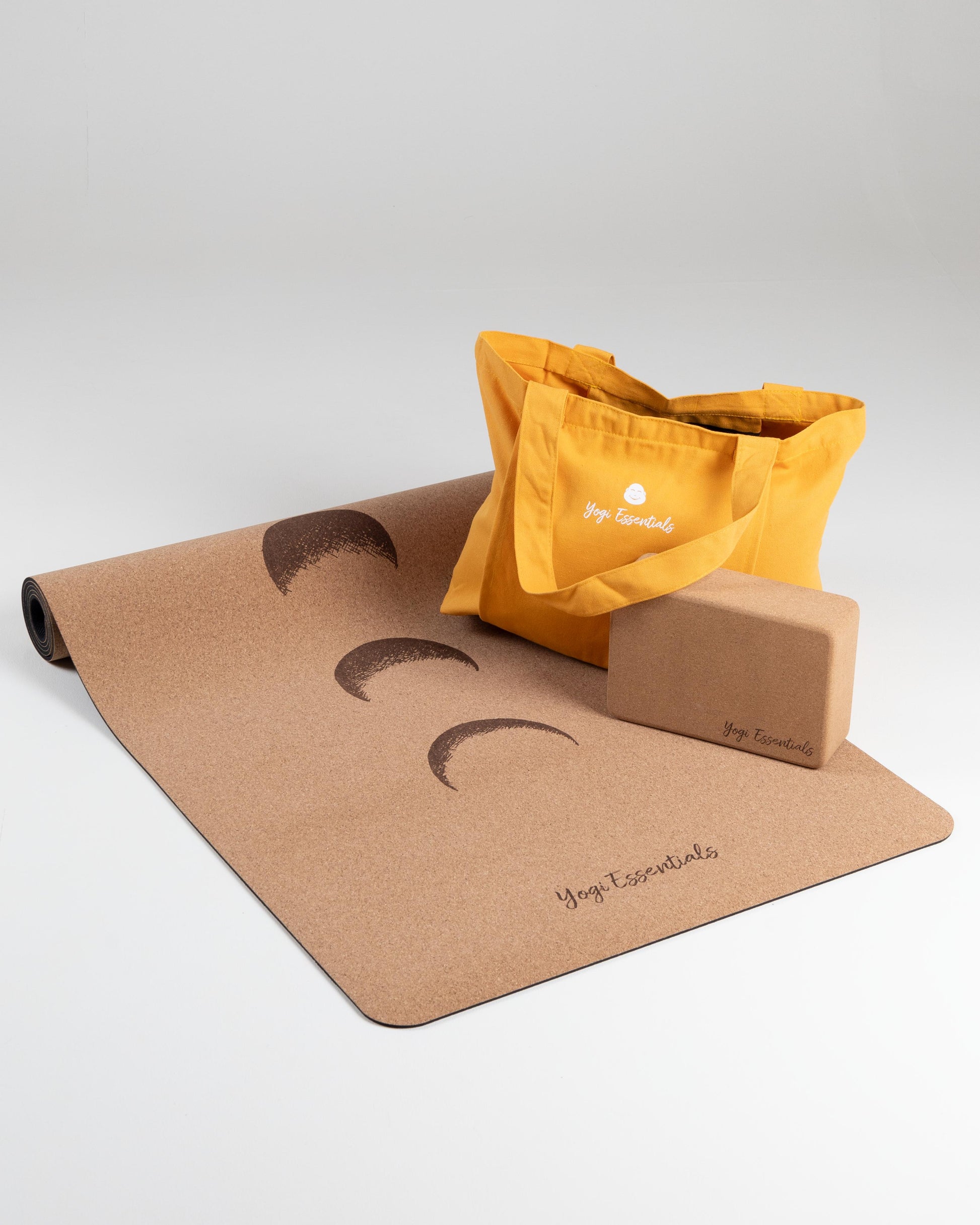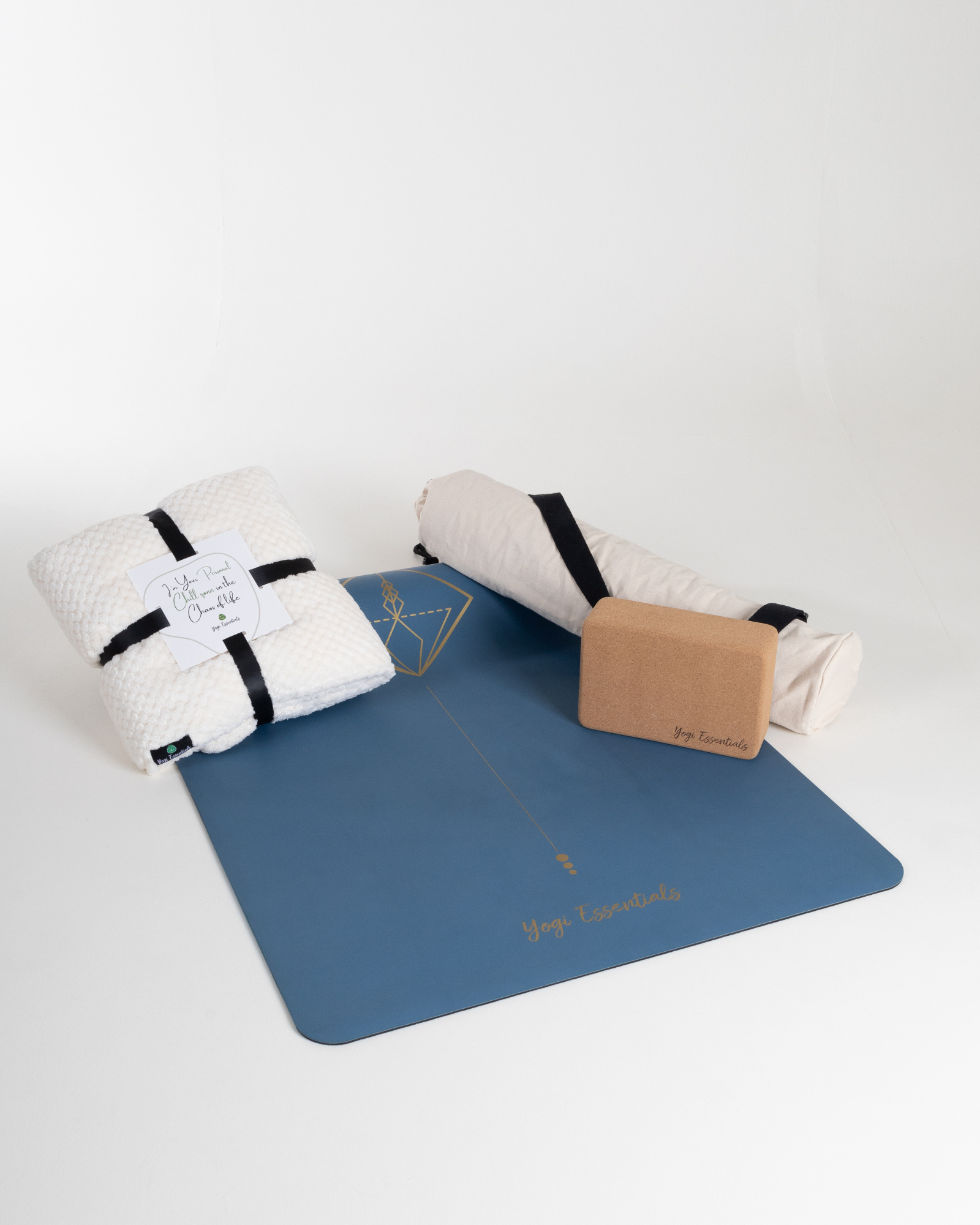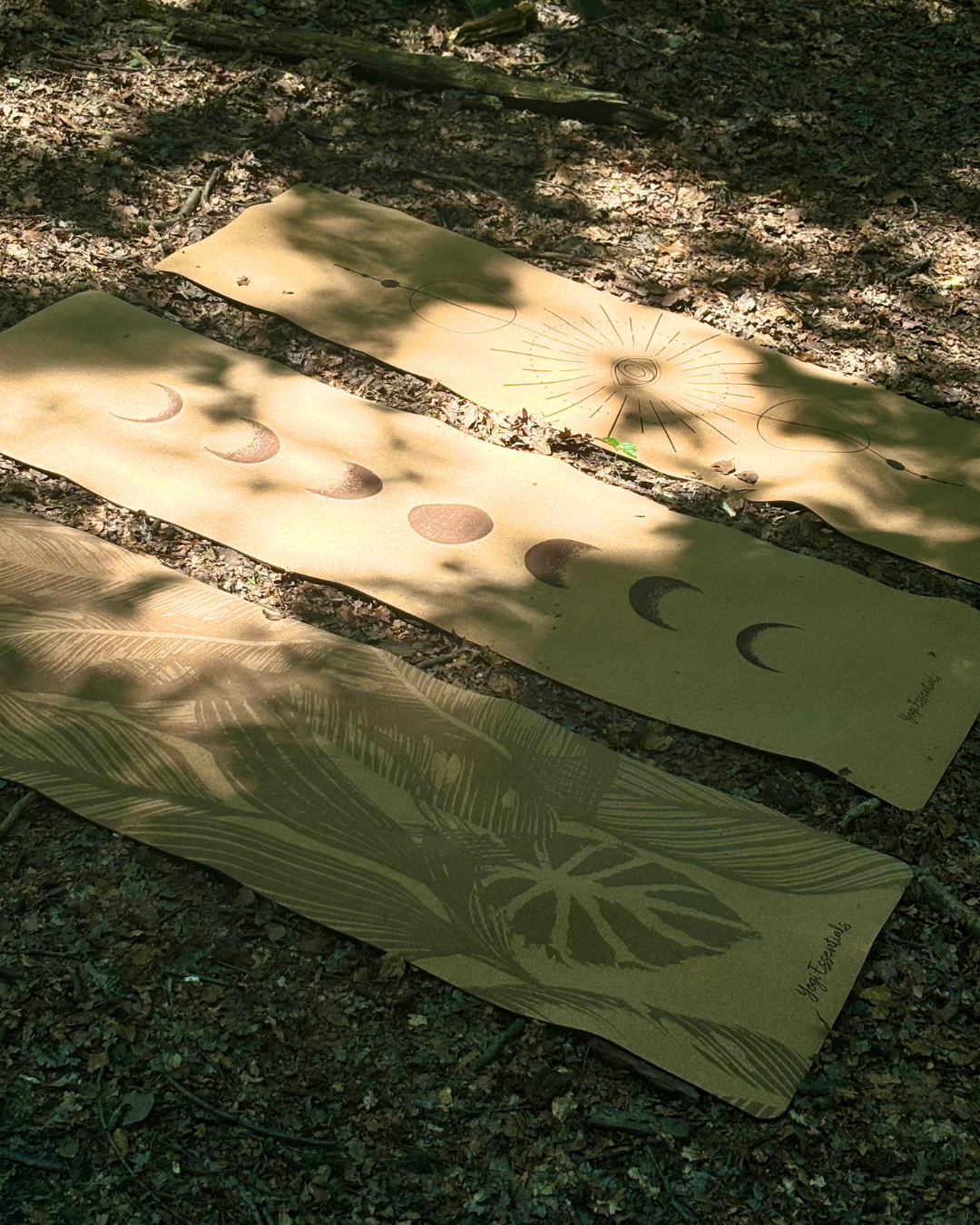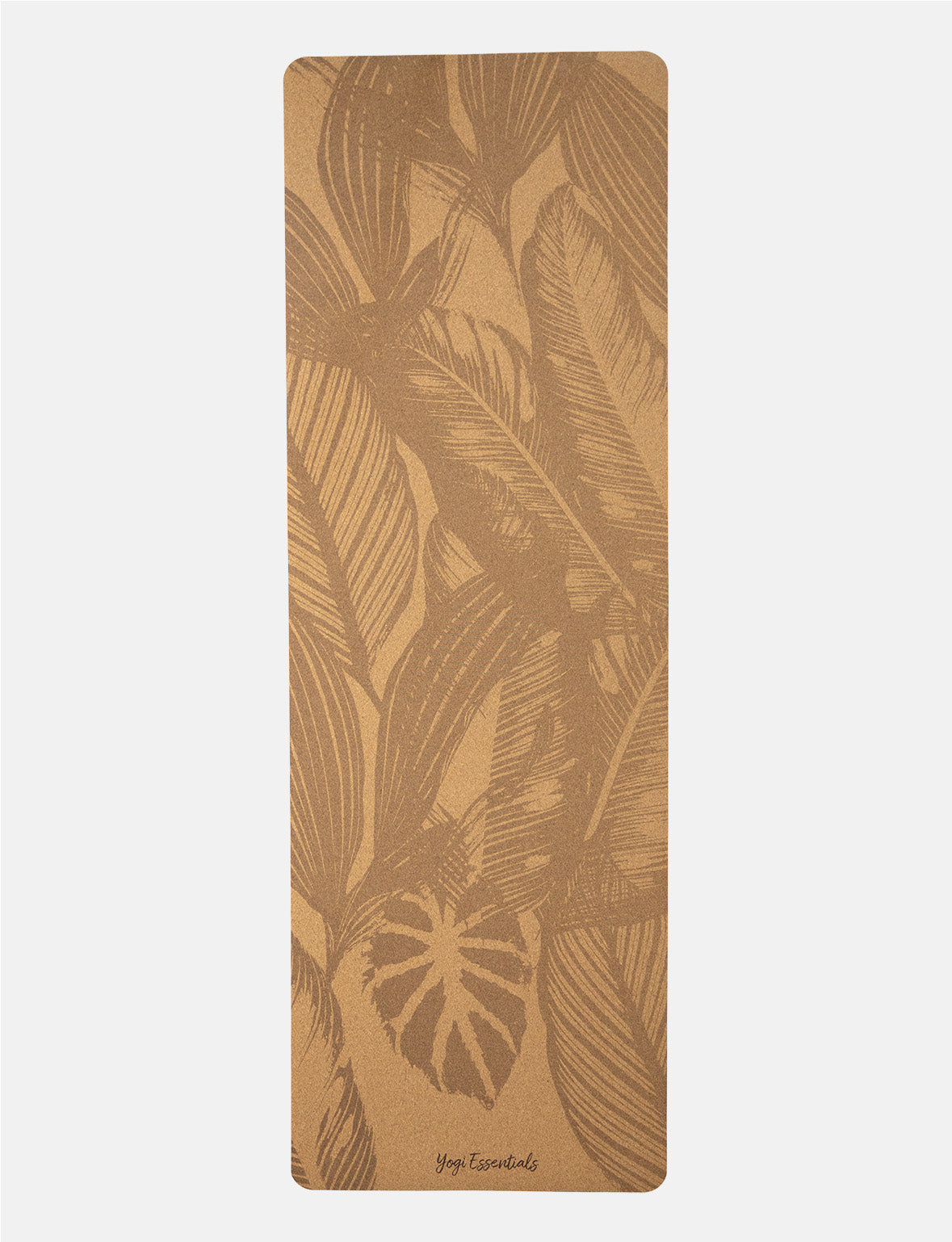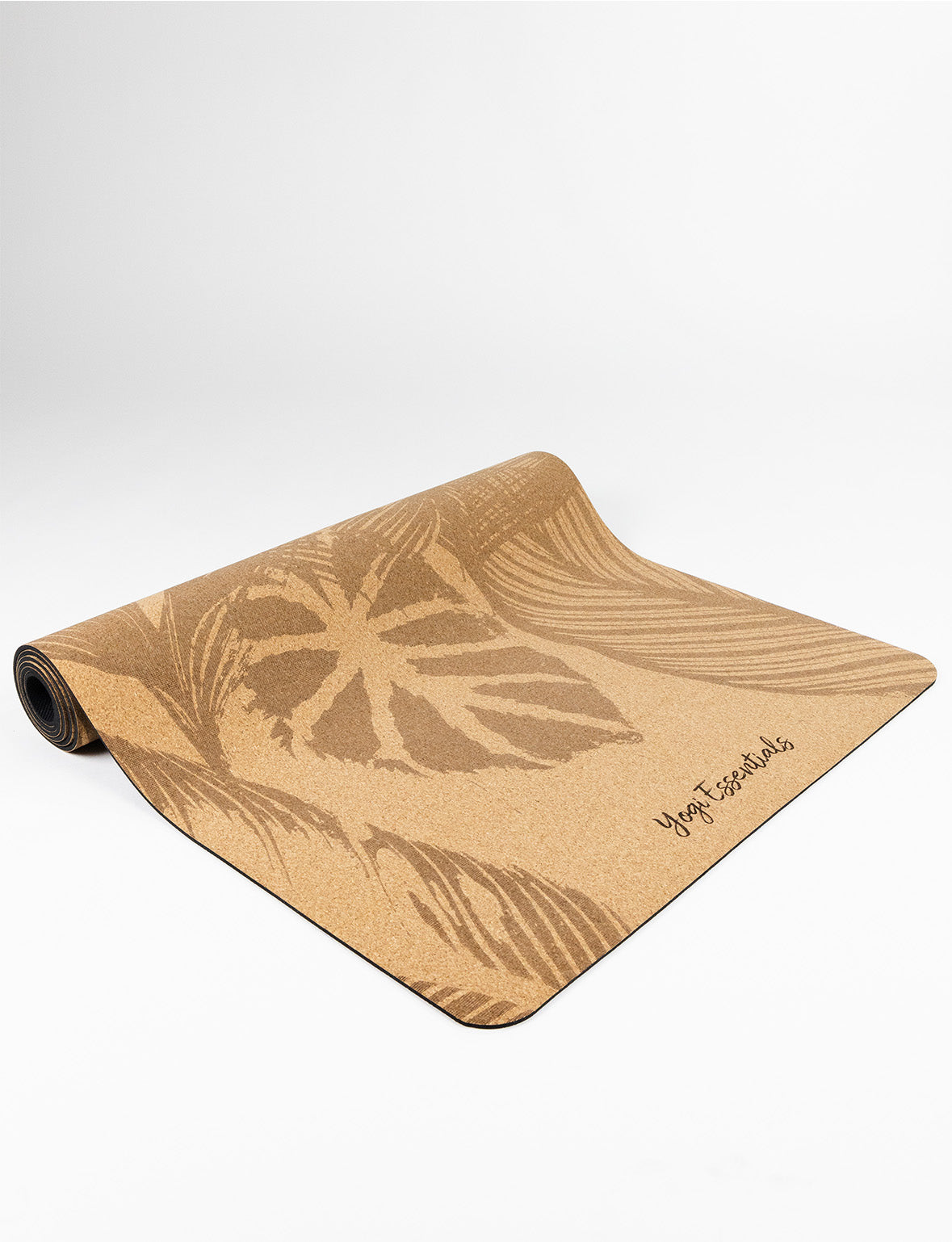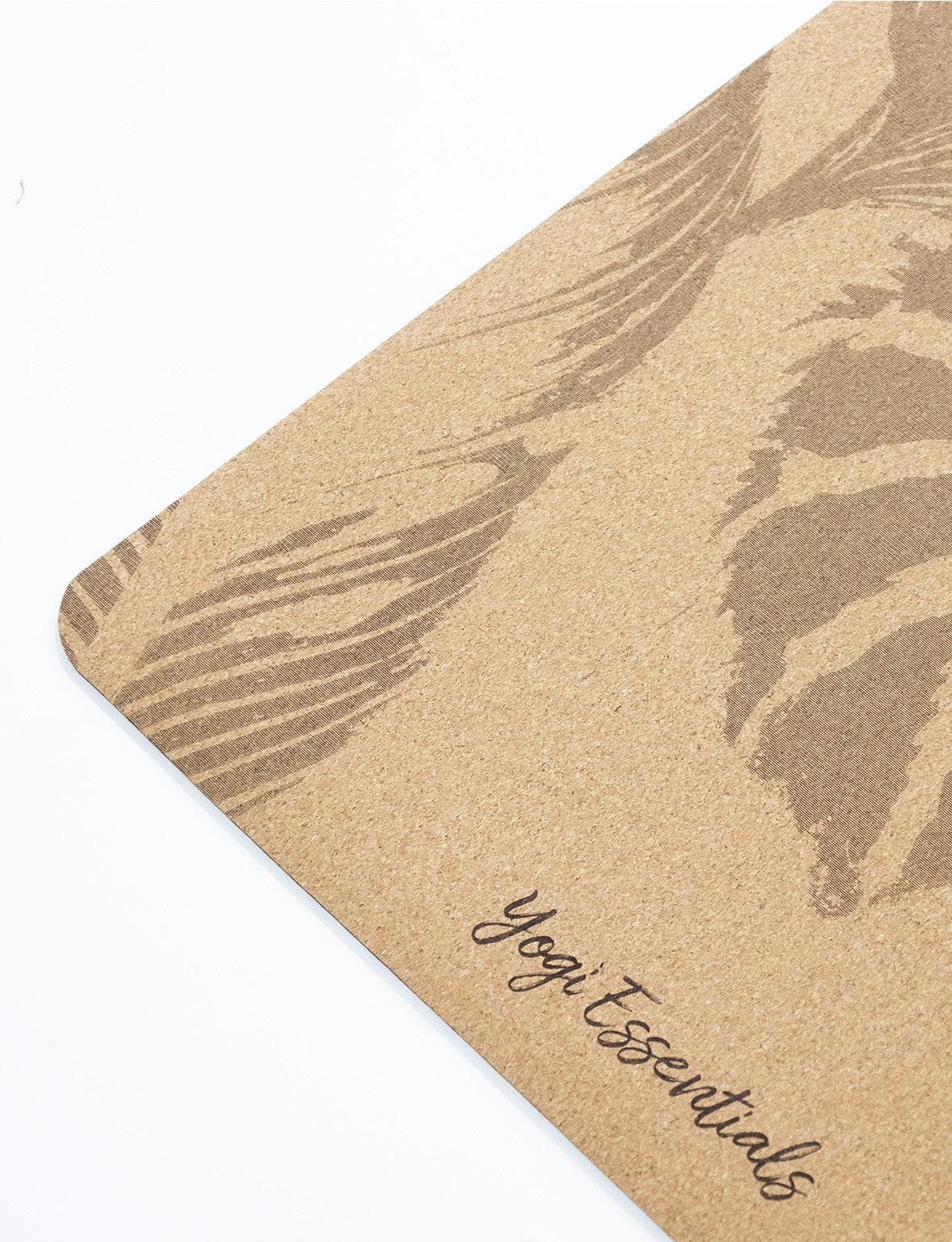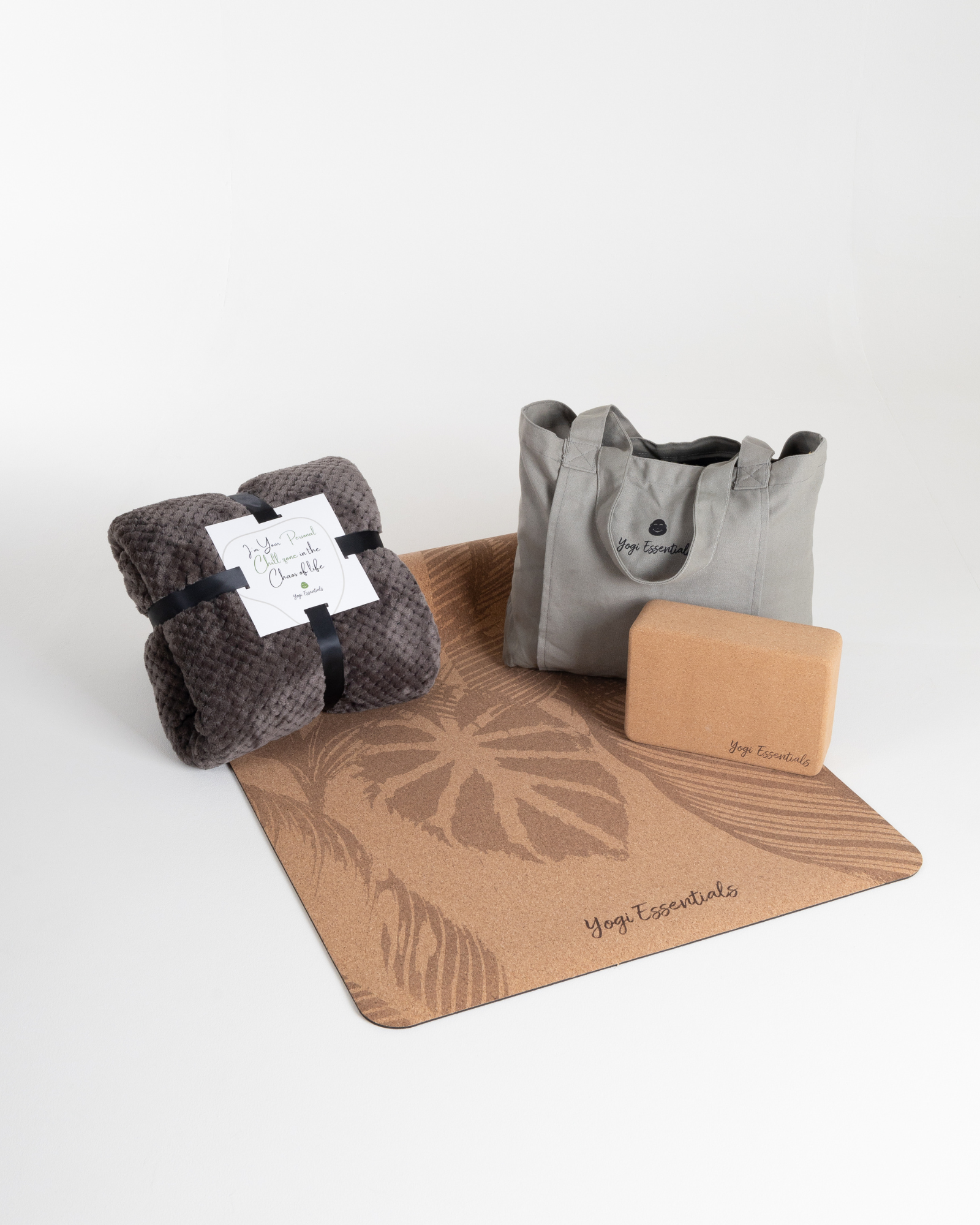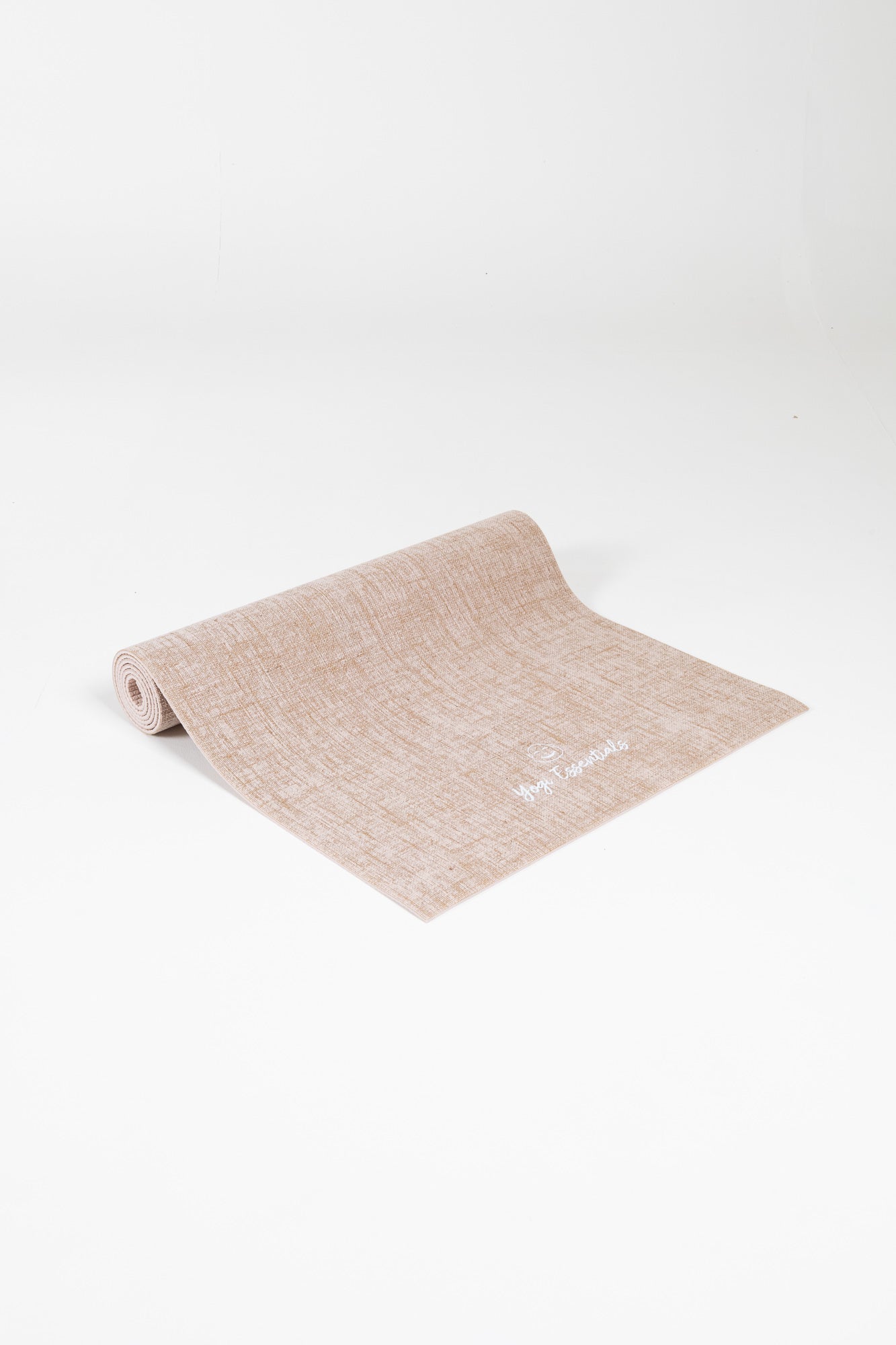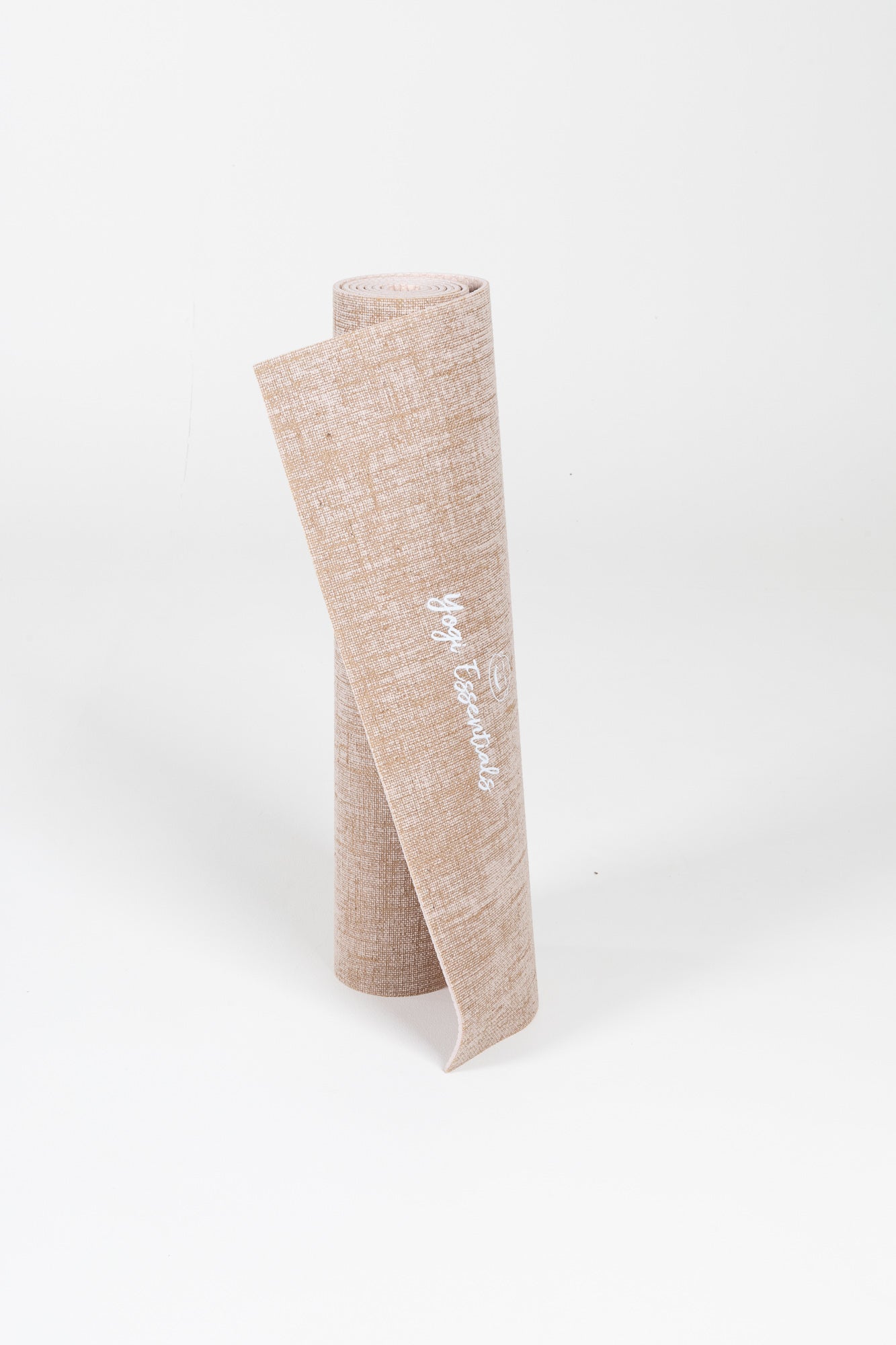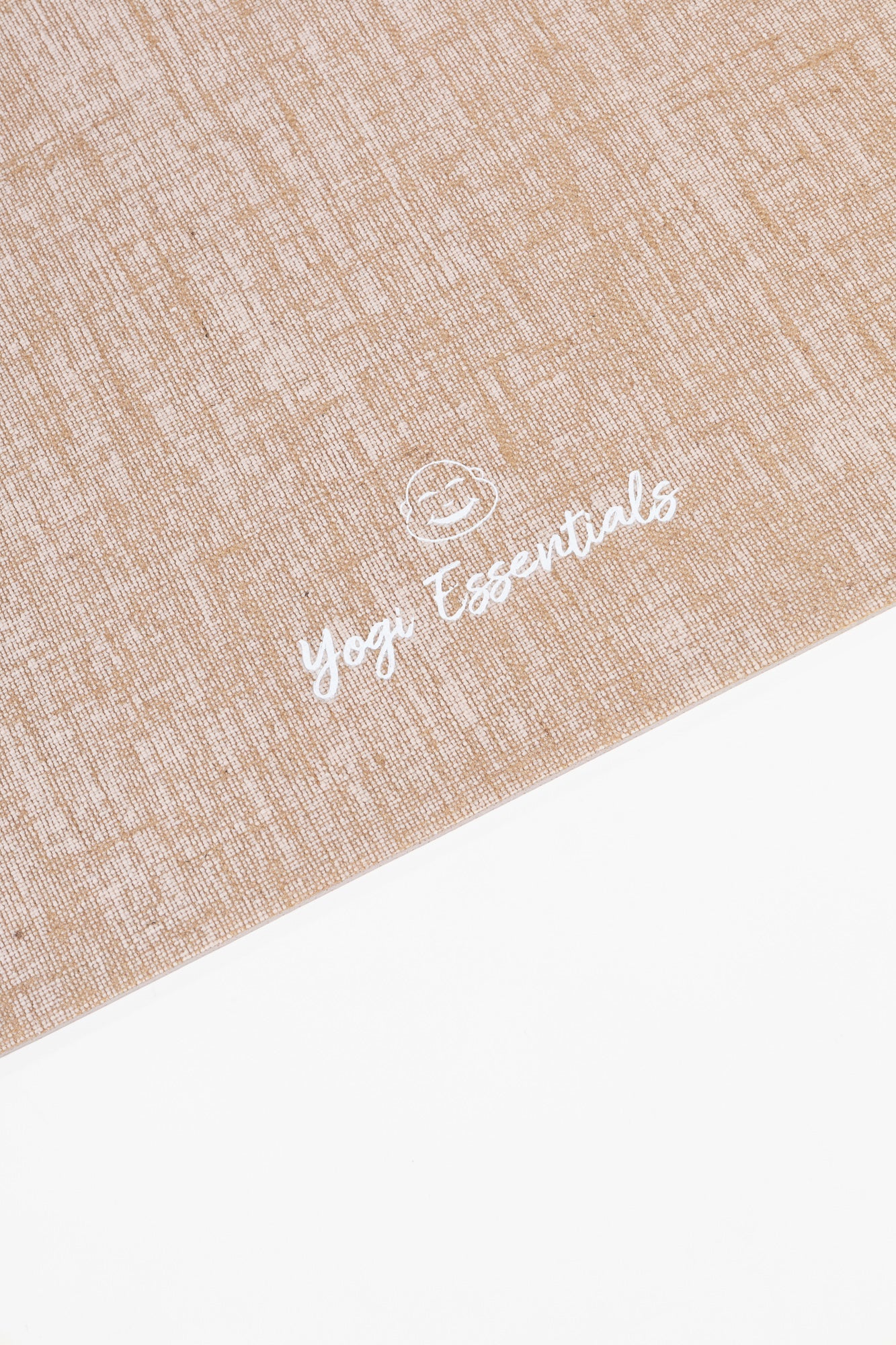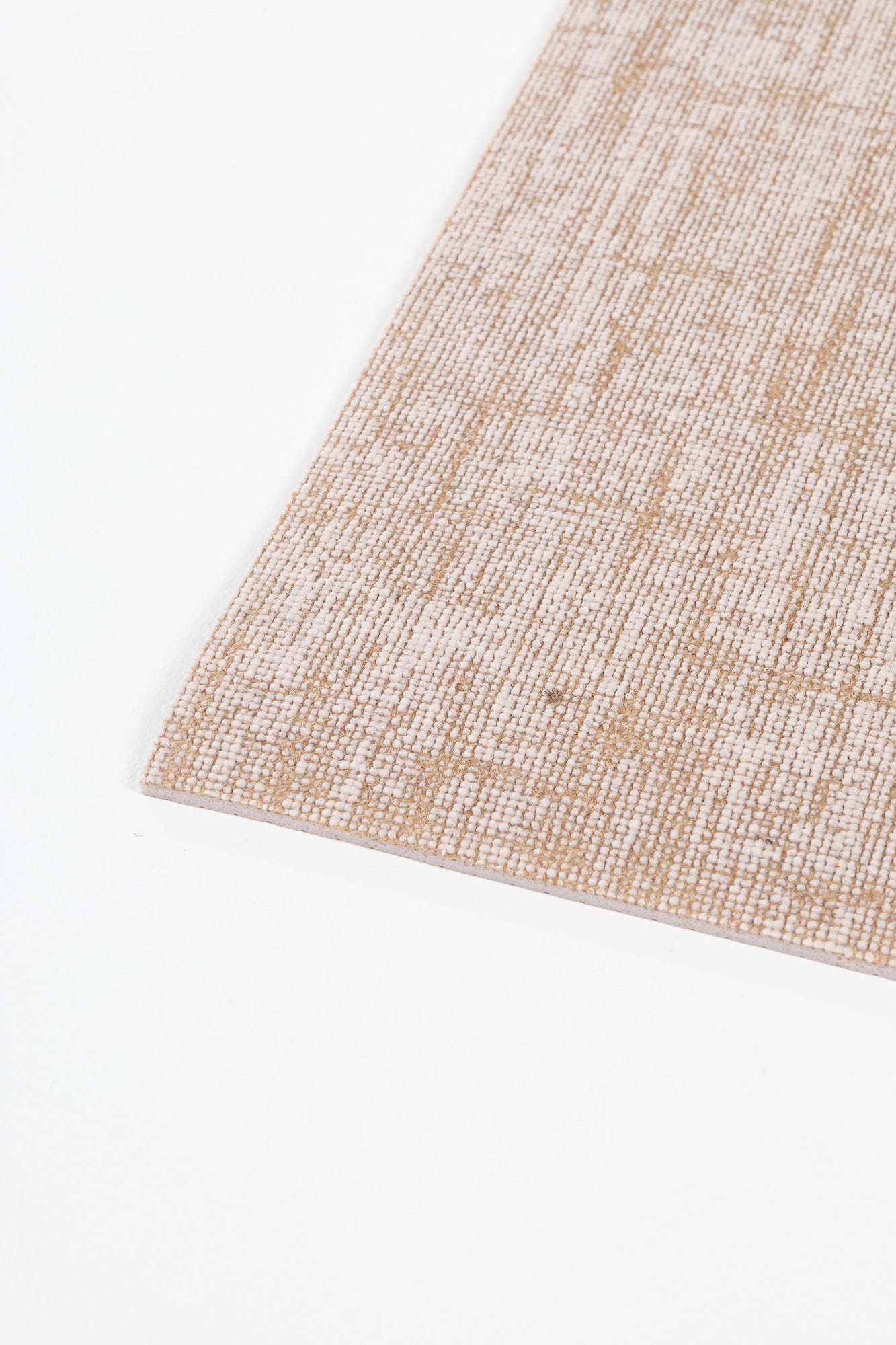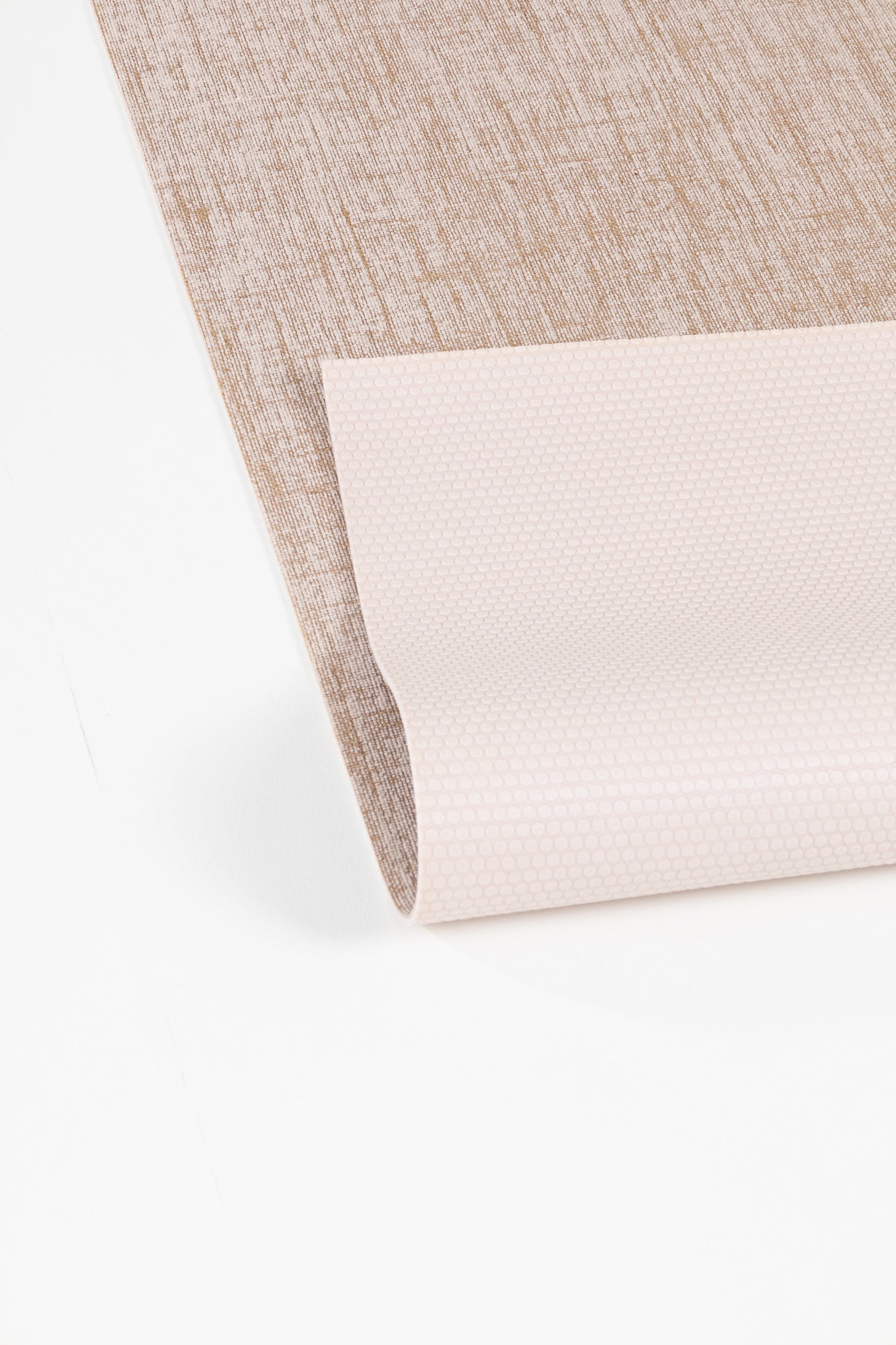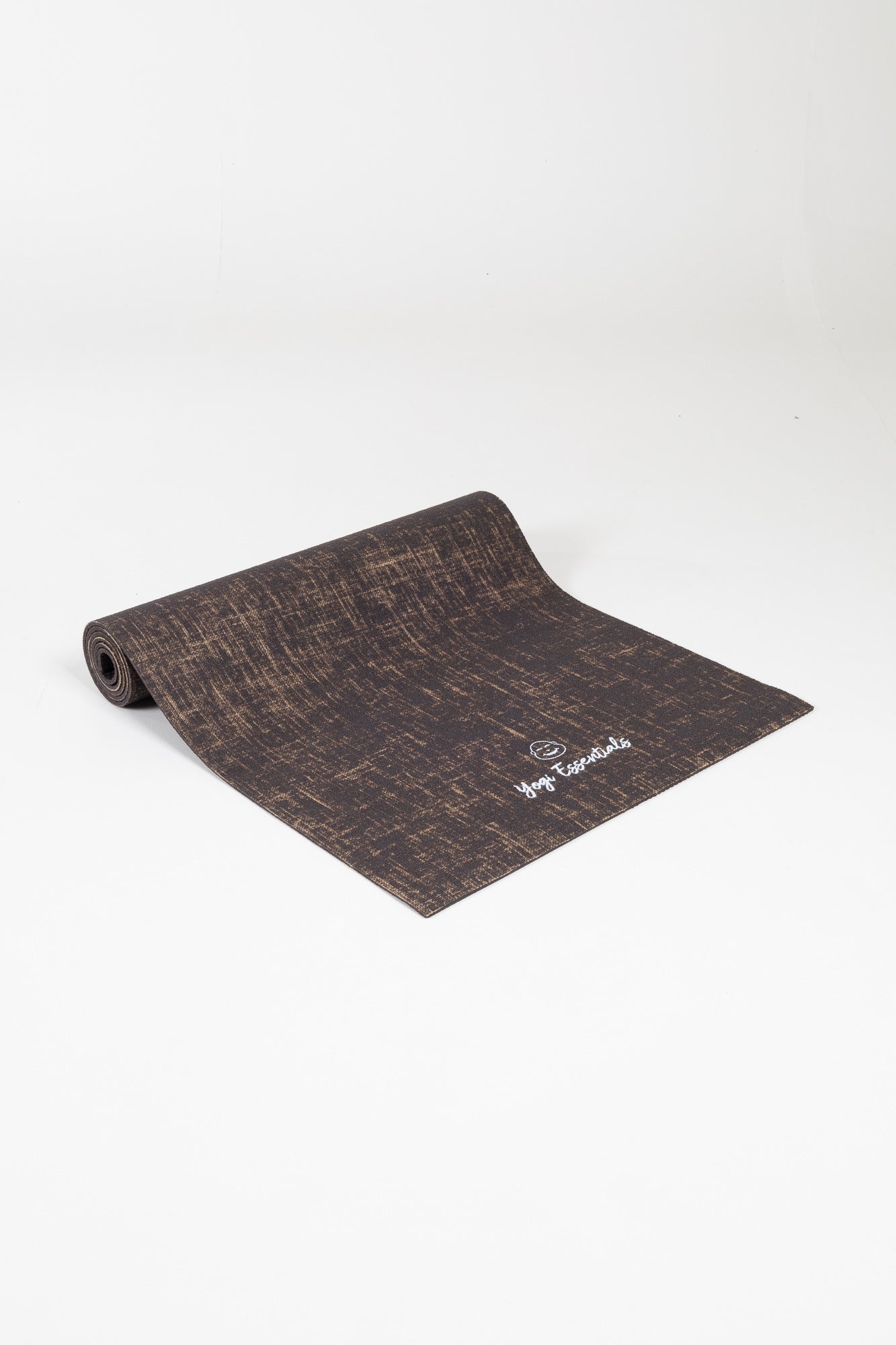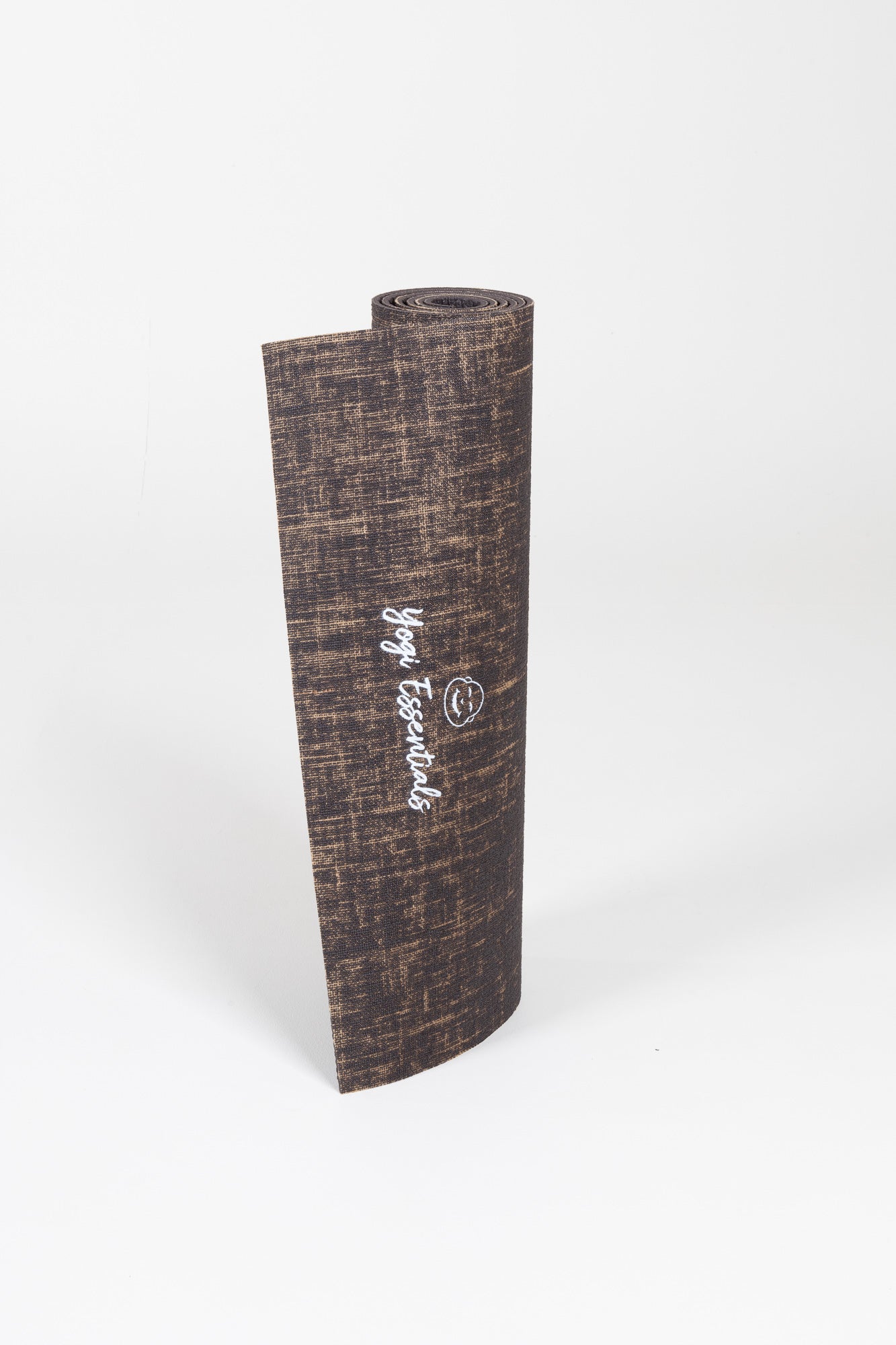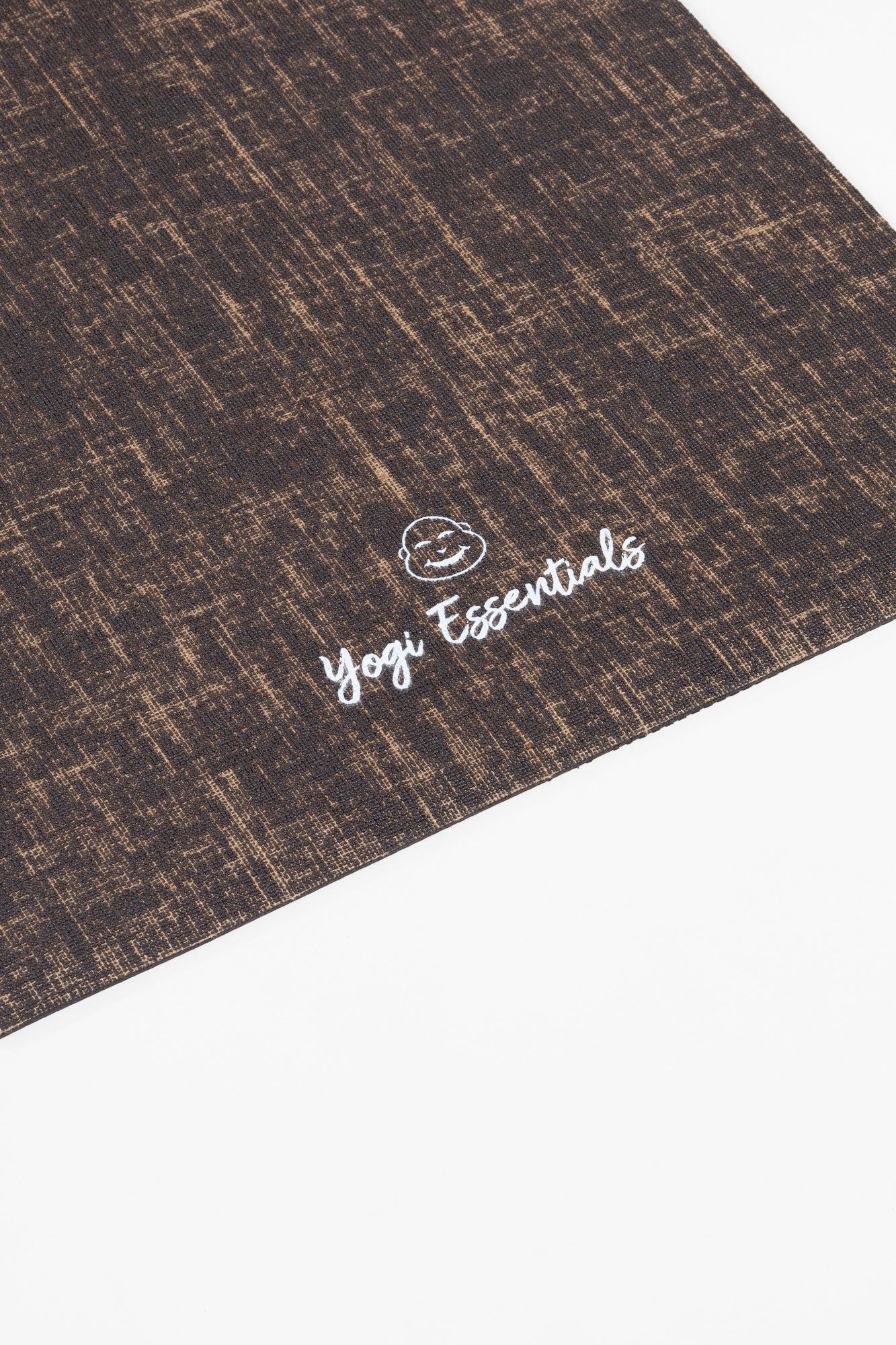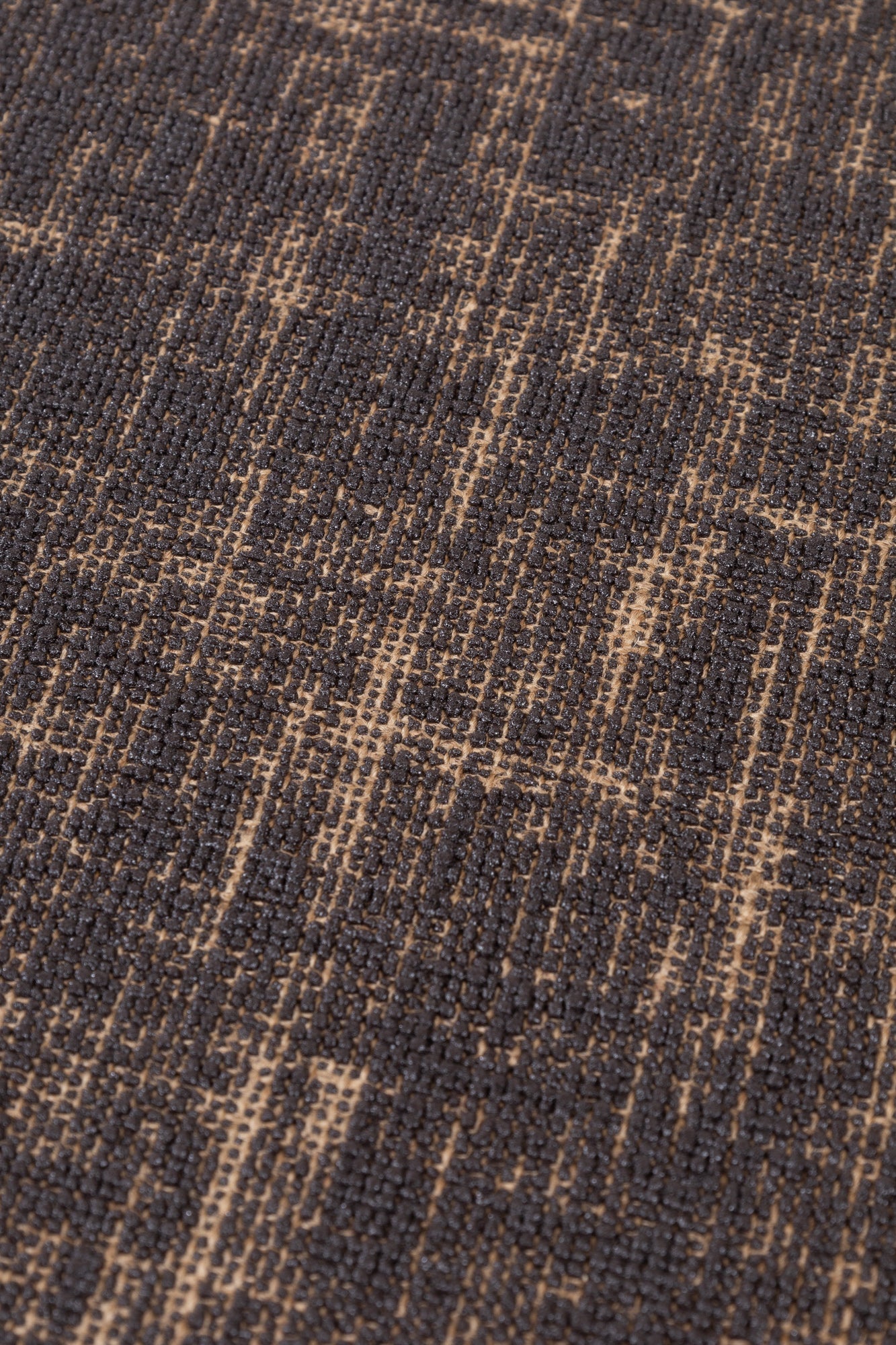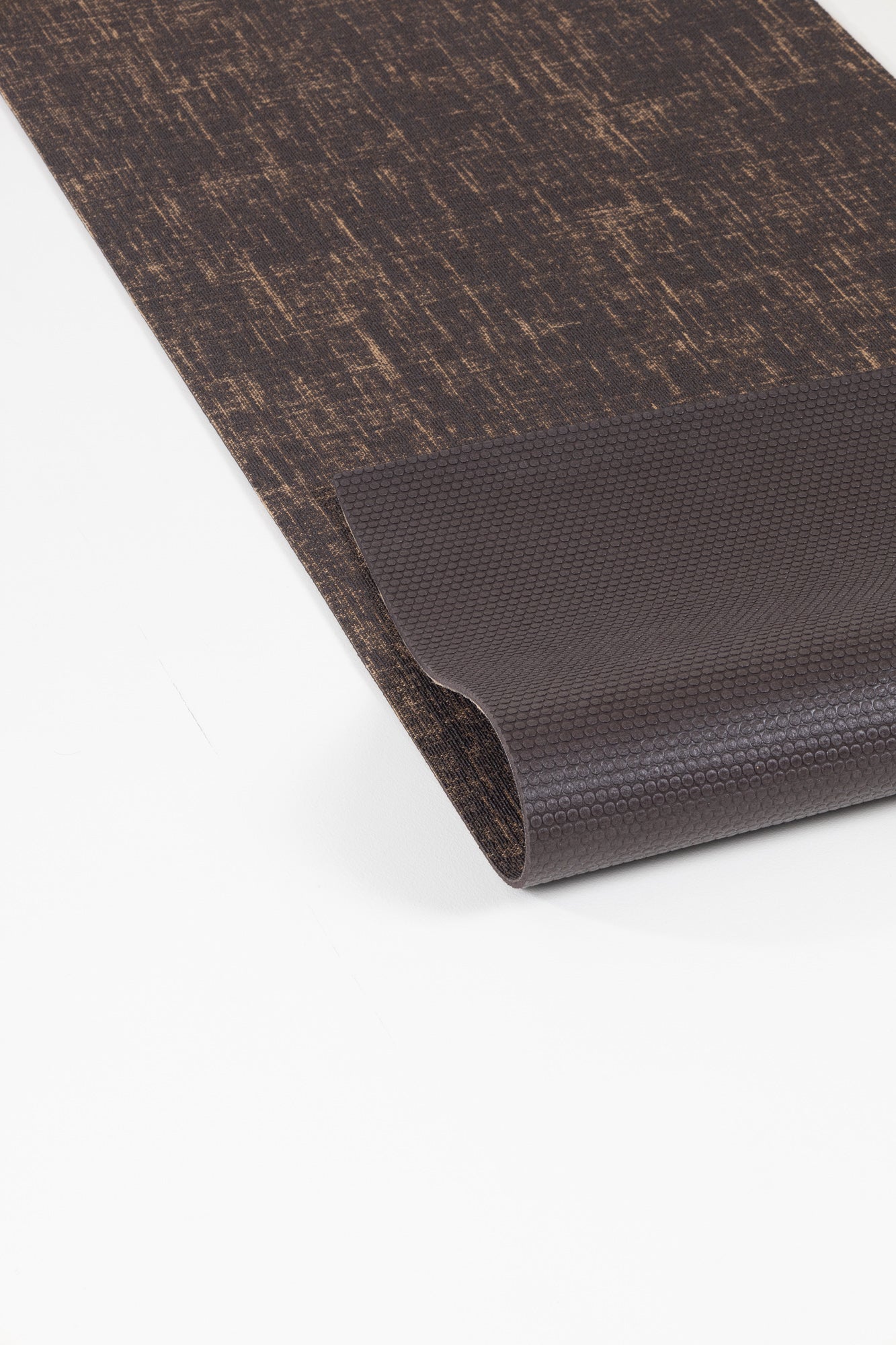Ontdek
Ashtanga yoga mats
Filters
Sort Best selling
-
Cork Yoga Mat Premium - The Moon -
Natural Rubber Yoga Mat - Mandala - Dark Blue -
Natural Rubber Yoga Mat - Mandala - Orange Pink -
Cork Yoga Mat Premium - The Eye -
Cork Yoga Mat Premium - Fruity -
Cork Yoga Mat Premium - The Forest -
Natural Rubber Yoga Mat - Mandala - Milk Tea -
NEW Premium Cork Yoga Mat - Alignment -
NEW Natural Rubber Yoga Mat - Alignment - Green -
Cork Yoga Mat Premium -
Jute Sticky Yoga Mat - Sand -
Jute Sticky Yoga Mat - Brown -
NEW Natural Rubber Yoga Mat - Alignment - Black -
Jute Sticky Yoga Mat - Bordeaux
Ashtanga yoga mats
Ashtanga yoga is rhythmic, structured, and intense. Every movement is connected to your breath, each pose builds on the previous one. You work according to fixed sequences—often six days a week—and get to know your body through repetition and refinement. In such a practice, you want a mat that moves with you but also offers counterbalance.
A good mat for ashtanga yoga isn't just comfortable. It's stable, durable, sturdy, and functional. It supports the precision and discipline this style of yoga demands. At Yogi Essentials, we help you choose: we show you which mats are truly suited to ashtanga – so you can surrender to the flow, without being distracted by your surface.
What does ashtanga ask of your mat?
An ashtanga practice often lasts between 60 and 90 minutes. You move intensely, build warmth, and perform many poses that involve strong leaning into your hands and feet. Think vinyasas between poses, jump-throughs, long planks, and strong standing sequences.
This means your mat shouldn't slip, should provide excellent grip—even when you sweat—and should remain sturdy through daily use. Because if you practice six days a week, you want a mat that won't wear out or dent. Your mat isn't an accessory. It's an essential part of your practice.
PU rubber mats : grip, strength and durability
For Ashtanga yoga, PU rubber mats are highly recommended. These mats offer superior grip, even when you sweat heavily. The PU top layer feels soft, yet is grippy enough to support you in every down dog, plank, or jump-back – without slipping. PU mats with a cork top layer are also very suitable for Ashtanga yoga, especially when you sweat heavily.
The rubber base provides extra weight and stability. The mat stays put, even during powerful transitions. This gives you the freedom to trust your body—you don't have to worry about correcting your feet or straightening your mat.
PU rubber mats also excel in terms of durability. They hold their shape, even with daily use, and don't wear out quickly. Exactly what you need if ashtanga is a regular part of your routine.
Jute Sticky mat : natural, sturdy and functional
If you like a more natural look and a slightly rougher texture, the A jute mat with a sticky top layer is a suitable alternative. This mat offers sufficient grip, especially when you're not sweating excessively, and it stays firmly on the floor.
The texture of jute offers a slightly more earthy feel. It feels more natural, more robust, and can be beneficial for yogis who prefer to feel grounded in their practice. Thanks to the adhesive layer on top, this mat is also suitable for dynamic and repetitive use, as long as your need for grip isn't maximal.
Which mat is right for you?
Do you practice intensively, sweat during your workouts, and are you looking for maximum grip and durability? Then the PU rubber mat is your ideal partner. This mat supports your flow, your strength, and your discipline – and does so day after day.
Do you prefer a more natural surface with a slightly rough feel, and is extreme grip not a requirement for you? Then the jute sticky mat can provide exactly the stability and tranquility you're looking for.
Both mats are designed for the intensity and precision of ashtanga yoga – supporting you in both the physical and mental aspects of the practice.
Mats that are less suitable for ashtanga
Ashtanga yoga is a style that involves a lot of movement and sweating. Mats like TPE, velvet, or cork offer comfort but often lack the grip and stability that ashtanga demands. They can shift with force or become slippery when wet.
While this makes them wonderful for yin, hatha, or meditation, they're not ideal for a consistent, intensive practice like this. With ashtanga, reliability is more important than softness. You don't want doubt. You want stability.
Finally, your mat as a ritual partner
Ashtanga is a discipline. You step onto your mat every day—sometimes full of energy, sometimes reluctantly, but always with dedication. Your mat becomes a place of recognition, of process, of growth.
The right mat supports that ritual. It's there. Every morning. Quiet, firm, reliable. It doesn't change, so you can—little by little, pose by pose, breath by breath.
And it is precisely in that simplicity that the power of ashtanga yoga lies.





